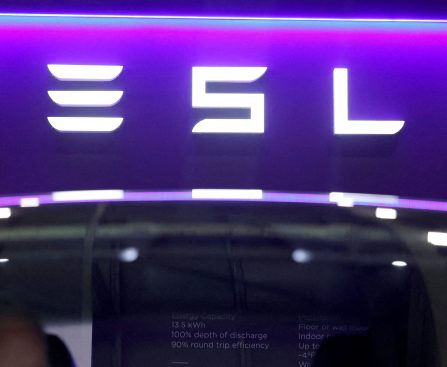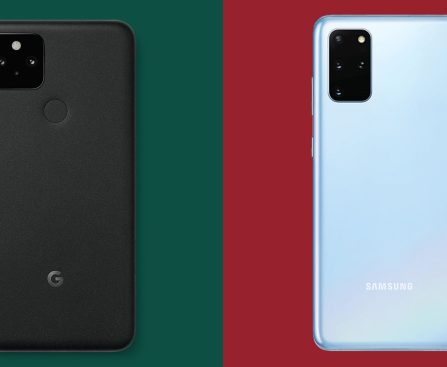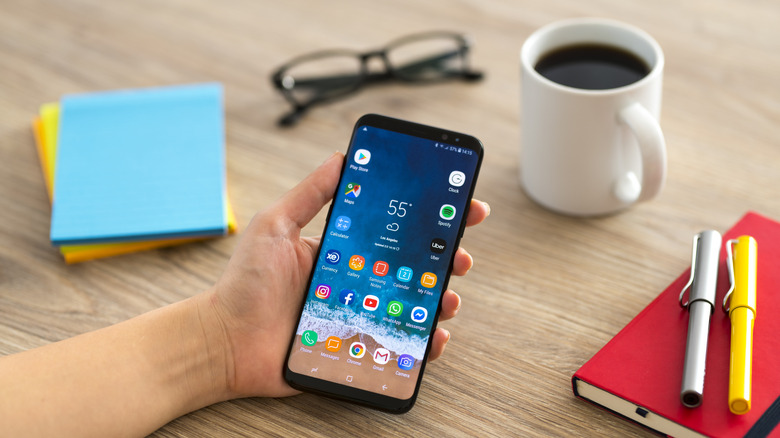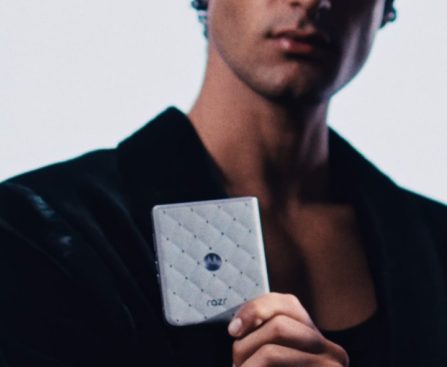by introducing lossless audio quality, enabling users to enjoy music at a maximum of 24-bit / 44.1 kHz quality without any additional fees after a prolonged wait since the initial announcement in 2021.
Nonetheless, in addition to its impressive features, Spotify has its flaws. There are several drawbacks that every subscriber of the music streaming platform should be aware of. Some of these unpleasant realities could alter your perspective on the service, and possibly lead you to consider one of Spotify’s competitors.












